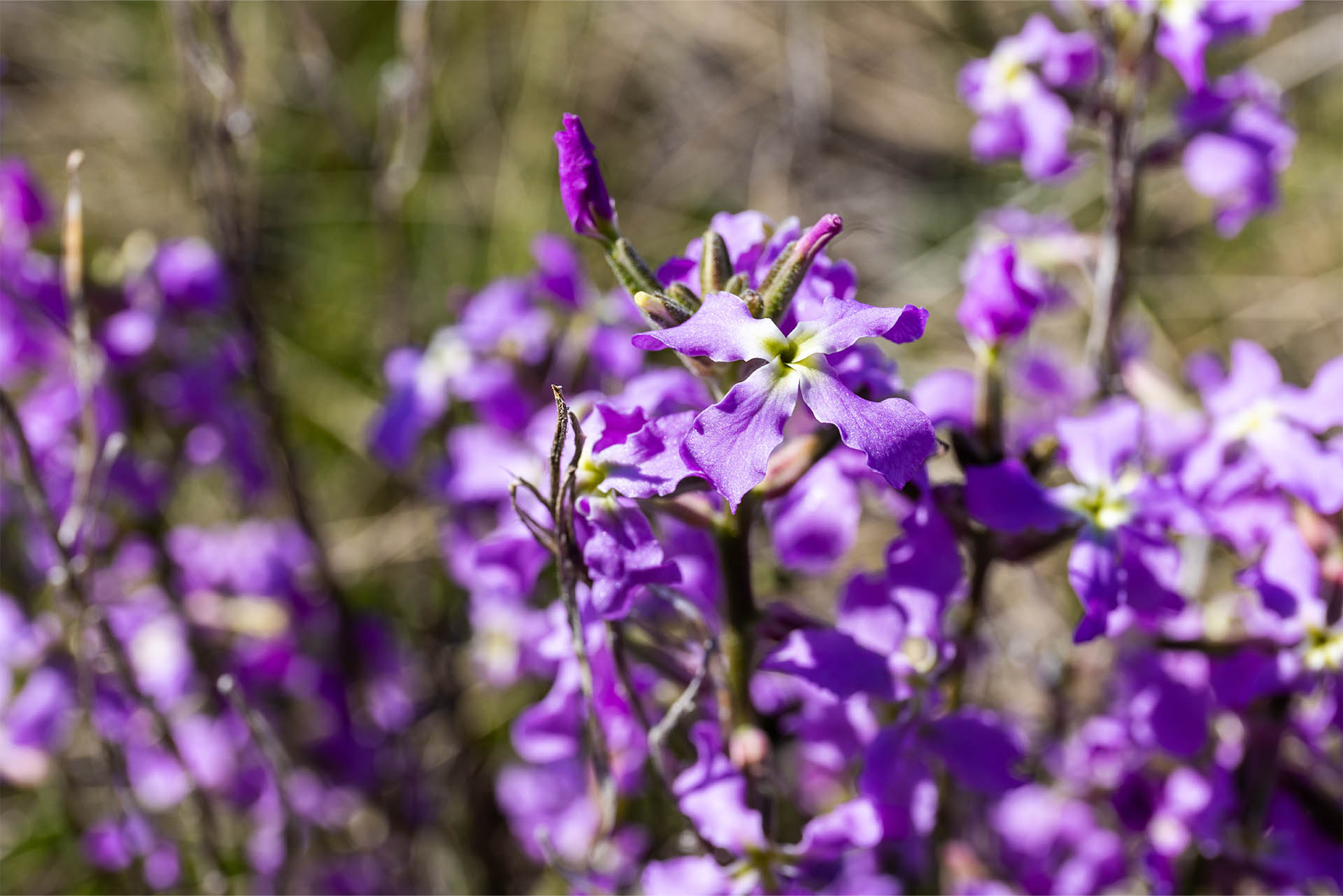Magredi
Magredo means dry land, poor of water….but with a unique richness to discover
DISCOVER MAGREDI
A unique land of its kind
Magredi are on the high plain of Pordenone’s province where rivers Cellina and Meduna sink into the aquifer. In this area you will find a wide variety of typical flora and fauna.
“Magredo” means “barren land”, an arid and poor land because of its pebbles, although the frequency of precipitation makes Friuli-Venezia Giulia the rainiest region in Italy. In the summer, dry meadows of Magredi look barren and burnt by the sun and create a landscape similar to some wastelands of the South or the continental steppes of Eastern Europe.
Vivaro, located in the foothills of Pordenone, is also known as common in “Magredi”. The etymology of Vivaro (Vivarium in older texts) is undoubtedly of Roman origin.
Vivaro’s mill, in the past belonging to the counts of Attimis in Maniago goes back to 1341st and has always worked using water from the irrigation ditch arising from Cellina’s river.
You can also find here the “Latarìa”, a typical example of building with stone walls squared stonemasons and The “Antiquarium” which is at the moment the richest collection of Roman ruins in the province of Pordenone.
Findings proved that agriculture, livestock, handicrafts and trade, were much more intense than what was thought to be, considering the isolation of these areas in between the “grave” of Cellina-Meduna.



The gravel deposits of Cellina and Meduna create
a series of debris cones that widen from the base of the mountains to the plains. The biggest area looks like a cone and take its name from the above mentioned rivers. It is a wide panorama that from Montereale Valcellina to Maniago goes till to Pordenone and Cordenons. In the satellite’s pictures, it looks like a huge white spot in the center of the province.
The very first impulse to the creation of this huge shingle mattress was done by the work of the streams at the end of the last glaciation. With the rise of temperatures, the torrents gained more force and the new erosive power, fed directly from the melting of alpine glaciers in dissolution. The alluvial deposits of these rivers are the main framework of the high plain and the substrate on which the magredi of Cellina have developed. They have the features of the Alpine foreland and for their original content and nature and environmental importance, were recently included in the European list of “Sites of Community Importance”, recognized by the European Union.
Magredi of Cellina-Meduna are located in the western part of the high Friulian Plain and develop on a “drape” of gravelly soils that wraps the foot of the mountains to the border with the line of resurgences.

